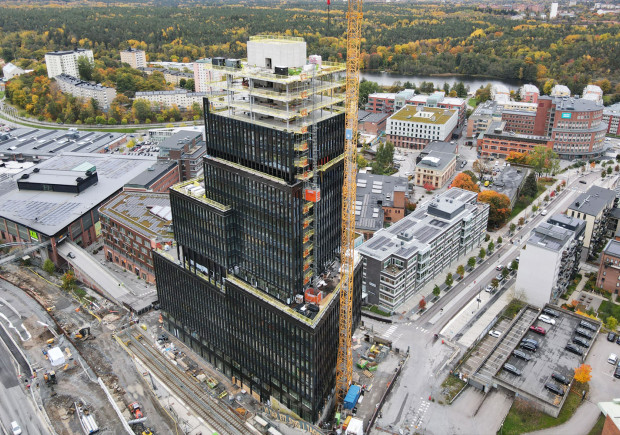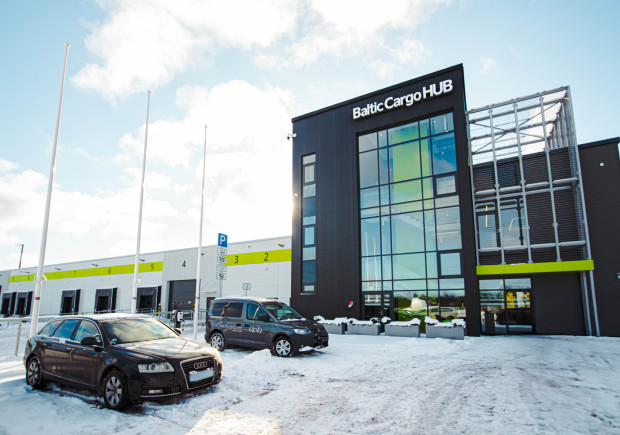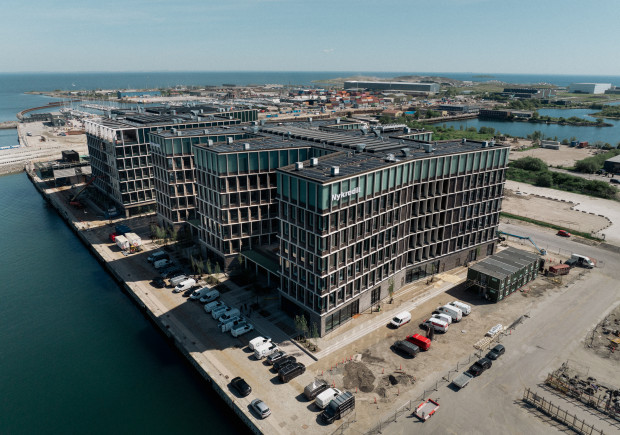Architects and project developers will appreciate the graphic concrete due to its versatility and visual effect which does not create associations with prefabricated concrete. This technology does not require additional time or manpower for assembly at the construction sites, and it does not need special maintenance – just like standard reinforced and prefabricated concrete structures. It is also environmentally friendly.
The graphic concrete technology can turn walls from a simple constructive element into a story. It is possible to choose the pattern or image from an extensive catalogue or use custom-made image created exclusively for the project. With individually designed concrete composition for each project, it is possible to achieve a wide palette of facade tones, thus reaching the architect's and the customer's visual intention. These can be nuanced details or large-size images on the entire facade. The result is ensured by the high quality of the selected materials, precise technology and accuracy in the production and assembly process.
This technology is often used in the facades of schools, museums, public buildings to convey additional information or message, such as text, landscape, historical facts etc. However, sophisticated graphic concrete solutions will also look great on the facades of hotels and residential buildings, achieving a unique look.
To achieve this effect, the pattern or image is printed on a special membrane with a cement retarder. The prefabricated concrete structure, which will ensure the stability of the building, is formed above this membrane. After demolding and removal from the form, the façade side is washed, thus revealing the visual end result.
Pictured: Graphic concrete wall panel for a school in Sweden
Client: Skolfastigheter i Stockholm AB
Artist: Idun Baltzersen











